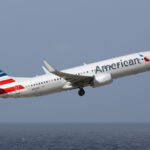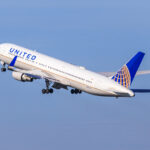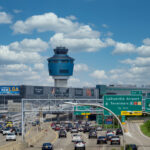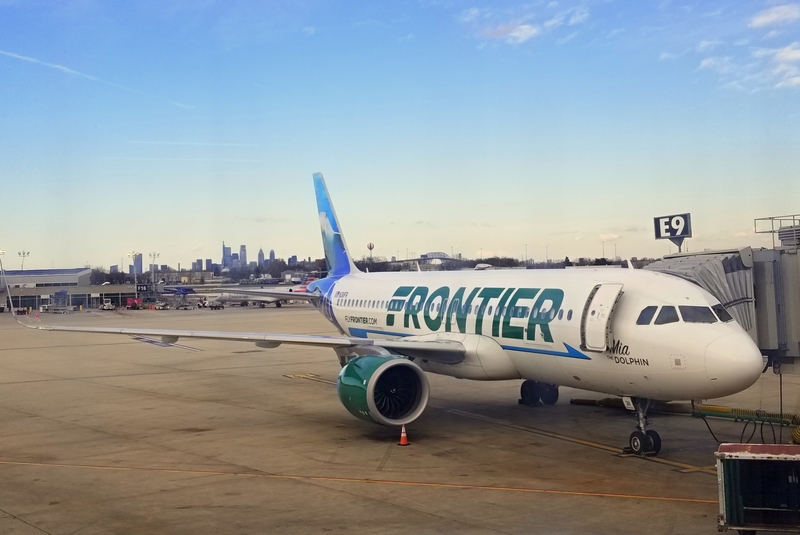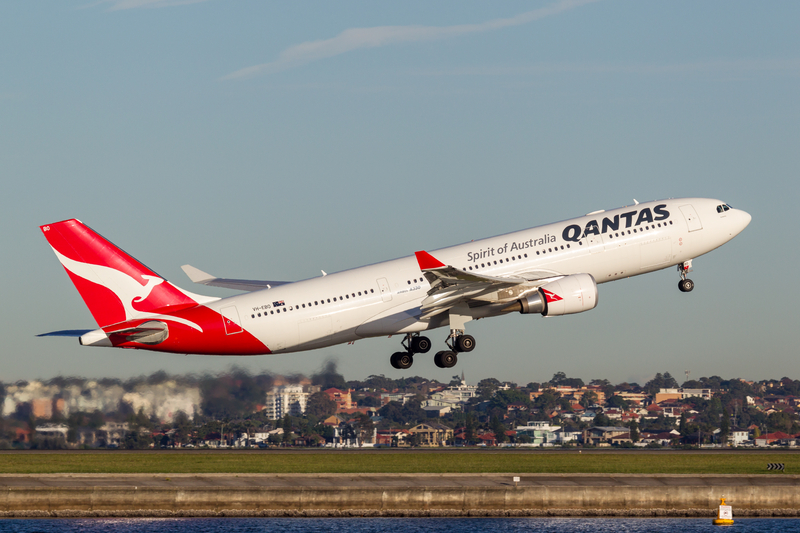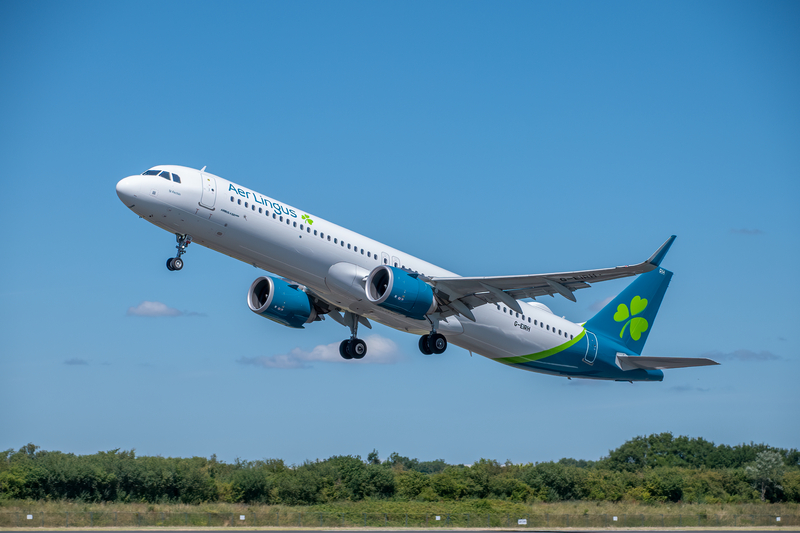United 737 MAX Diverts After Suspected Weather-Balloon Strike
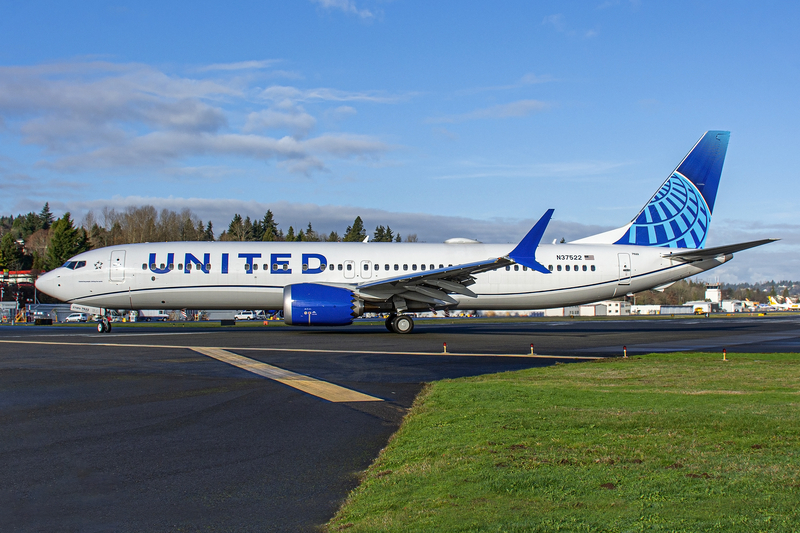
ID 210650194 | Air © Dipankar Bhakta | Dreamstime.com
A United Airlines Boeing 737 MAX 8 (N17327) operating UA1093 from Denver (DEN) to Los Angeles (LAX) diverted to Salt Lake City (SLC) on October 16, 2025 after the flight deck windshield cracked at cruise. The crew reported seeing an object strike the jet around FL360, began a controlled descent to 26,000 ft, and landed safely on Runway 16L at SLC roughly 50 minutes later. United later substituted a 737 MAX 9 to carry passengers onward, resulting in about a six-hour delay.
What United Reported & What The Crew Did
-
Flight: UA1093 (DEN → LAX), 140 people onboard.
-
Event: Impact noted near 36,000 ft; windshield crack with reported scorch-like markings.
-
Crew actions: Standard QRH “Window Damage” response—reduce altitude and airspeed margin, assess pressurization (aircraft remained pressurized), and divert to the nearest suitable airport.
-
Outcome: Uneventful landing at Salt Lake City (SLC); the captain sustained arm bruising, consistent with minor spallation (tiny glass fragments) from the inner surface after the shock.
Likely Culprit: A Weather Balloon
While early chatter speculated about space debris, the most plausible explanation is a weather-sensing balloon system. A leading balloon operator publicly indicated that timing and position align with one of its long-duration, lightweight platforms transiting the area, and said it is cooperating with FAA/NTSB. These platforms typically comply with U.S. 14 CFR Part 101 (unmanned free balloons)—filing NOTAMs, broadcasting position, and operating at flight levels where winds can carry them along established jet routes.
Why A Balloon Can Still Do Damage
-
Relative speed: Even a light object can impart significant energy when struck by an airliner moving ~450–470 kt TAS at cruise.
-
Hardware: The balloon envelope is negligible, but instrument pods, batteries, and telemetry boxes concentrate mass and can crack an outer windshield ply.
-
Windshield design: Airliner windshields are multi-pane, heated, laminated structures engineered to survive bird-strike and hail; a crack in one ply does not equal hull breach. The inner pressure pane remained intact, hence no depressurization.
Aircraft & Ops Details (AvGeek Corner)
-
Type: Boeing 737-8 MAX (LEAP-1B engines)
-
Sector: ~862 sm DEN–LAX; diversion point ~200 sm SE of Salt Lake City (SLC)
-
Post-event handling: Aircraft change at SLC to a 737-9 MAX for the continuation to LAX
-
Investigators’ focus: FDR/CVR data, windshield forensic analysis (impact point, fracture pattern, heating element continuity), ATC surveillance of nearby balloon tracks, and coordination records (NOTAMs/API feeds)
The Regulatory Piece In Brief
Part 101 allows unmanned free balloons with strict payload mass and operational constraints to limit risk to people and aircraft. Operators coordinate with the FAA and often share live tracking. That said, rare encounters like this—especially at normal cruise altitudes—will likely spur a closer look at routing/altitude management, marking & tracking, and automated geofencing around busy air corridors.
What This Means For Passengers & Crews
-
Safety margins worked: The aircraft’s layered windshield and crew procedures did what they’re designed to do—protect pressurization and enable a safe diversion.
-
Expect reviews, not panic: Encounters at cruise are exceptionally uncommon. Expect operational advisories for balloon operators and fine-tuning of coordination rather than sweeping restrictions on commercial flights.
-
Maintenance follow-up: The 737’s windshield assembly will be removed and analyzed; replacements are standard line-maintenance tasks, though turnaround depends on parts logistics.
Bottom Line
UA1093—a Boeing 737 MAX 8 from Denver (DEN) to Los Angeles (LAX)—diverted to Salt Lake City (SLC) after a cockpit windshield crack likely caused by a weather balloon impact at cruise. The jet landed safely; the captain suffered minor bruising, and passengers reached LAX later on a replacement aircraft. Investigators now have a clear, testable hypothesis—one that will probably lead to tighter balloon-airspace coordination rather than fundamental changes to airline operations.
